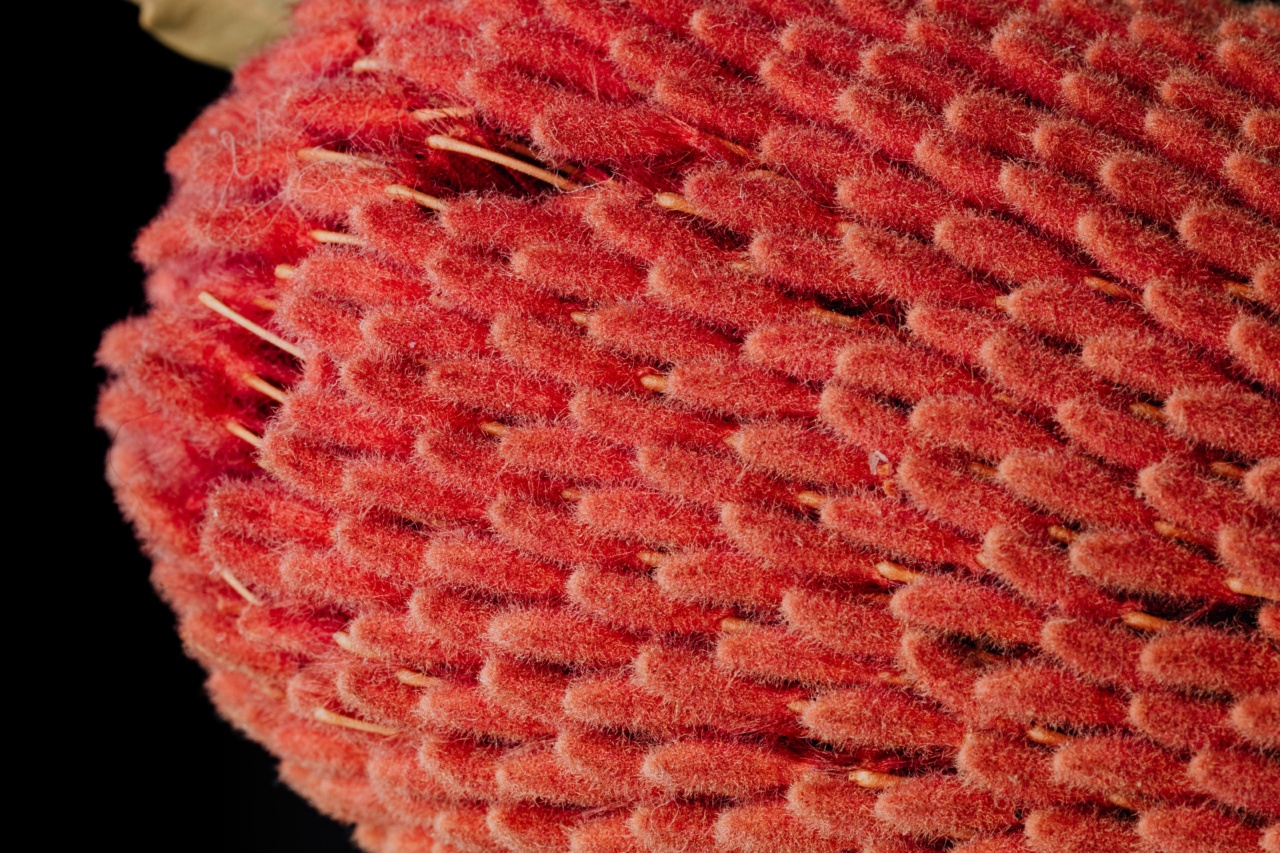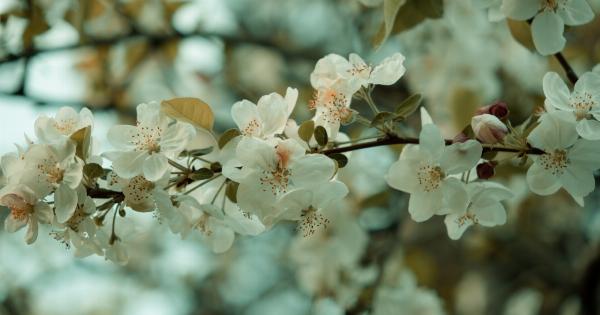Dealing with an overabundance of blossoms can be a daunting task for any gardener. It’s frustrating to see your prized plants overwhelmed by excessive blossom growth.
However, with the right techniques and expert advice, you can effectively and efficiently eliminate blossom to restore balance and beauty to your garden. In this article, we’ve gathered tips from experienced professionals that will help you tackle the challenge of blossom control like a pro.
1. Pruning Techniques
One of the most effective ways to quickly tackle blossom growth is through strategic pruning. Start by identifying the areas with excessive blossoms and carefully trim them away.
This helps redirect the plant’s energy towards healthier growth and prevents the spread of blossom to other parts of the plant.
2. Deadheading Method
Deadheading is a common practice used to remove spent flowers from plants. By snipping off the blossoms once they start to fade, you prevent the formation of seeds and encourage the growth of new blooms.
Deadheading is especially useful for plants that have a tendency to prolifically blossom.
3. Adequate Nutrient Balance
Proper nutrition plays a crucial role in managing blossom growth. Excessive nitrogen levels can cause plants to produce more foliage than blooms. On the other hand, a deficiency in certain nutrients can also lead to poor blossom development.
Ensure your plants receive balanced nutrition, following the appropriate fertilization practices recommended for each specific species.
4. Watering Techniques
Watering plays a significant role in preventing blossom development issues. Overwatering can lead to poor root health, which in turn affects the plant’s ability to produce vibrant and healthy blossoms.
Conversely, underwatering can also stress the plant and hinder proper flower growth. Find the ideal balance by understanding the water requirements of your plants and adjusting accordingly.
5. Pest Control
Pests can wreak havoc on your plants and cause excessive blossom growth. Regularly inspect your garden for common pests such as aphids, mites, and whiteflies.
Implement integrated pest management techniques and use organic pest control methods whenever possible to effectively manage these unwanted visitors.
6. Proper Sunlight Exposure
The amount of sunlight a plant receives directly impacts its blossom development. Some plants require full sun exposure, while others thrive in partial shade.
Understand the sunlight preferences of your plants and provide them with the appropriate conditions to promote healthy blossom growth.
7. Engage in Regular Pollination
Pollination is a natural process that ensures the growth of fruits and seeds. By actively engaging in pollination techniques, you can control the amount of blossom produced by your plants.
Hand pollination and encouraging pollinators like bees and butterflies to visit your garden can help strike the right balance and prevent excessive blossom development.
8. Implementing Shade Covers
In cases where blossom development is a result of extended exposure to intense sunlight, implementing shade covers can provide relief to the plants.
These covers help diffuse the sunlight and protect the plants from extreme heat, promoting balanced growth and reducing the likelihood of excessive blossoms.
9. Optimal Air Circulation
Poor air circulation around plants can lead to various issues, including the overproduction of blossoms. Ensure proper spacing between plants, especially those susceptible to mildew and other fungal diseases.
Prune overcrowded areas to improve air circulation, reducing the risk of excessive blossom growth caused by unfavorable conditions.
10. Observing and Responding Promptly
Regularly inspecting your plants and promptly responding to any signs of excessive blossom growth can prevent further complications. Early intervention allows you to address the issue before it gets out of hand.
Be proactive in your gardening practices and nip blossom-related problems in the bud.
By following these top tips from experienced professionals, you can successfully eliminate excessive blossom growth and restore balance to your garden.
Remember, each plant species may have specific requirements, so always research the particular needs of your plants to ensure optimal blossom control. With dedication and proper care, your garden will thrive and be free from the overwhelming presence of blossoms.































